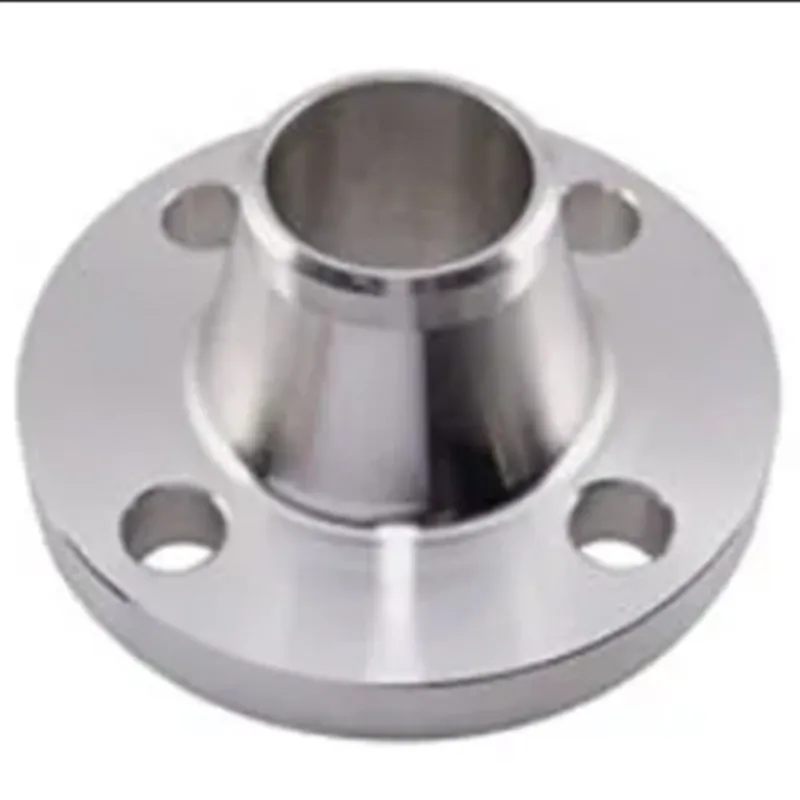-
Cangzhou Yulong Steel Co., Ltd.
-
Phone:
+86 13303177267 -
Email:
admin@ylsteelfittings.com
- English
- Arabic
- Italian
- Spanish
- Portuguese
- German
- kazakh
- Persian
- Greek
- French
- Russian
- Polish
- Thai
- Indonesian
- Vietnamese
- Zulu
- Korean
- Uzbek
- Hindi
- Serbian
- Malay
- Ukrainian
- Gujarati
- Haitian Creole
- hausa
- hawaiian
- Hebrew
- Miao
- Hungarian
- Icelandic
- igbo
- irish
- Japanese
- Javanese
- Kannada
- Khmer
- Rwandese
- Afrikaans
- Albanian
- Amharic
- Armenian
- Azerbaijani
- Basque
- Belarusian
- Bengali
- Bosnian
- Bulgarian
- Catalan
- Cebuano
- China
- China (Taiwan)
- Corsican
- Croatian
- Czech
- Danish
- Esperanto
- Estonian
- Finnish
- Frisian
- Galician
- Georgian
- Kurdish
- Kyrgyz
- Lao
- Latin
- Latvian
- Lithuanian
- Luxembourgish
- Macedonian
- Malgashi
- Malayalam
- Maltese
- Maori
- Marathi
- Mongolian
- Myanmar
- Nepali
- Norwegian
- Norwegian
- Occitan
- Pashto
- Dutch
- Punjabi
- Romanian
- Samoan
- Scottish Gaelic
- Sesotho
- Shona
- Sindhi
- Sinhala
- Slovak
- Slovenian
- Somali
- Sundanese
- Swahili
- Swedish
- Tagalog
- Tajik
- Tamil
- Tatar
- Telugu
- Turkish
- Turkmen
- Urdu
- Uighur
- Welsh
- Bantu
- Yiddish
- Yoruba

Aug . 07, 2024 13:25 Back to list
Effective Methods for Securing and Repairing Galvanized Pipes to Prevent Leaks and Damage
Fixing Galvanized Pipe A Comprehensive Guide
Galvanized pipes, coated with a layer of zinc to prevent rusting, have been a common choice in plumbing systems for over a century. However, over time, they can corrode, leading to leaks and other plumbing issues. Fixing galvanized pipes requires a bit of know-how, but with the right tools and techniques, it can be a manageable DIY project. This article will guide you through the process of identifying problems, assessing the damage, and effectively repairing or replacing galvanized pipes.
Identifying Issues
The first step in fixing galvanized pipes is identifying the problem. Common issues include leaks, reduced water flow, and water discoloration. Leaks can often be found at joints or where pipes are connected, while rust buildup within the pipes can reduce water flow and cause discoloration. If you notice brown or reddish water, it may indicate corrosion within the pipes.
Inspecting Pipe Condition
Once you suspect an issue, inspect the pipes for visible signs of damage. Look for rust spots, cracks, or any moisture around joints. If you encounter flaking or peeling, it’s a sure sign of corrosion. Checking the condition of the pipes can help you determine whether you need a simple repair or replacement.
Repairing Leaks
If you have identified a leak, repairing it depends on its location. For small leaks, using pipe joint compound or plumber’s tape can be an effective temporary solution. First, turn off the water supply. Then, clean the area around the leak to remove any debris. Apply the compound or wrap the tape tightly around the leak. Once completed, turn the water supply back on to test your repair.
fixing galvanized pipe

For larger leaks or significant corrosion, replacing the affected section may be necessary. Do this by cutting out the damaged section with a pipe cutter. Ensure you have replacement pipes of the same diameter and type. Utilize appropriate fittings to connect the new pipe section securely, ensuring a tight seal with plumber's tape or joint compound.
Replacing Galvanized Pipes
If your galvanized pipes are extensively corroded, it may be time for a full replacement. This is a more invasive task that may require professional help, but if you’re comfortable, here’s how to go about it.
Begin by shutting off the water supply and draining any remaining water from the pipes. Carefully cut out the old pipes using a pipe cutter or saw. When installing new pipes, consider using materials such as PVC or PEX, which are corrosion-resistant and often easier to work with. Follow local plumbing codes to ensure your installation is compliant.
Preventing Future Issues
After fixing or replacing your galvanized pipes, consider steps to prevent future problems. Regularly inspect your plumbing system for leaks or corrosion. Installing water softeners can also help extend the lifespan of your pipes by reducing mineral buildup. Additionally, try to maintain balanced water pressure in your plumbing system to avoid undue stress on your pipes.
Conclusion
Fixing galvanized pipes may seem daunting, but with the right tools and knowledge, you can tackle this task confidently. Identifying the issue, deciding between repair and replacement, and preventing future problems are crucial steps in maintaining a functional plumbing system. Whether you choose to DIY or hire a professional, your prompt attention to galvanized pipe issues can save you from extensive water damage and costly repairs down the line.
Latest news
-
ANSI 150P SS304 SO FLANGE
NewsFeb.14,2025
-
ASTM A333GR6 STEEL PIPE
NewsJan.20,2025
-
ANSI B16.5 WELDING NECK FLANGE
NewsJan.15,2026
-
ANSI B16.5 SLIP-ON FLANGE
NewsApr.19,2024
-
SABS 1123 FLANGE
NewsJan.15,2025
-
DIN86044 PLATE FLANGE
NewsApr.19,2024
-
DIN2527 BLIND FLANGE
NewsApr.12,2024
-
JIS B2311 Butt-Welding Fittings LR/SR 45°/90° /180°Seamless/Weld
NewsApr.23,2024











